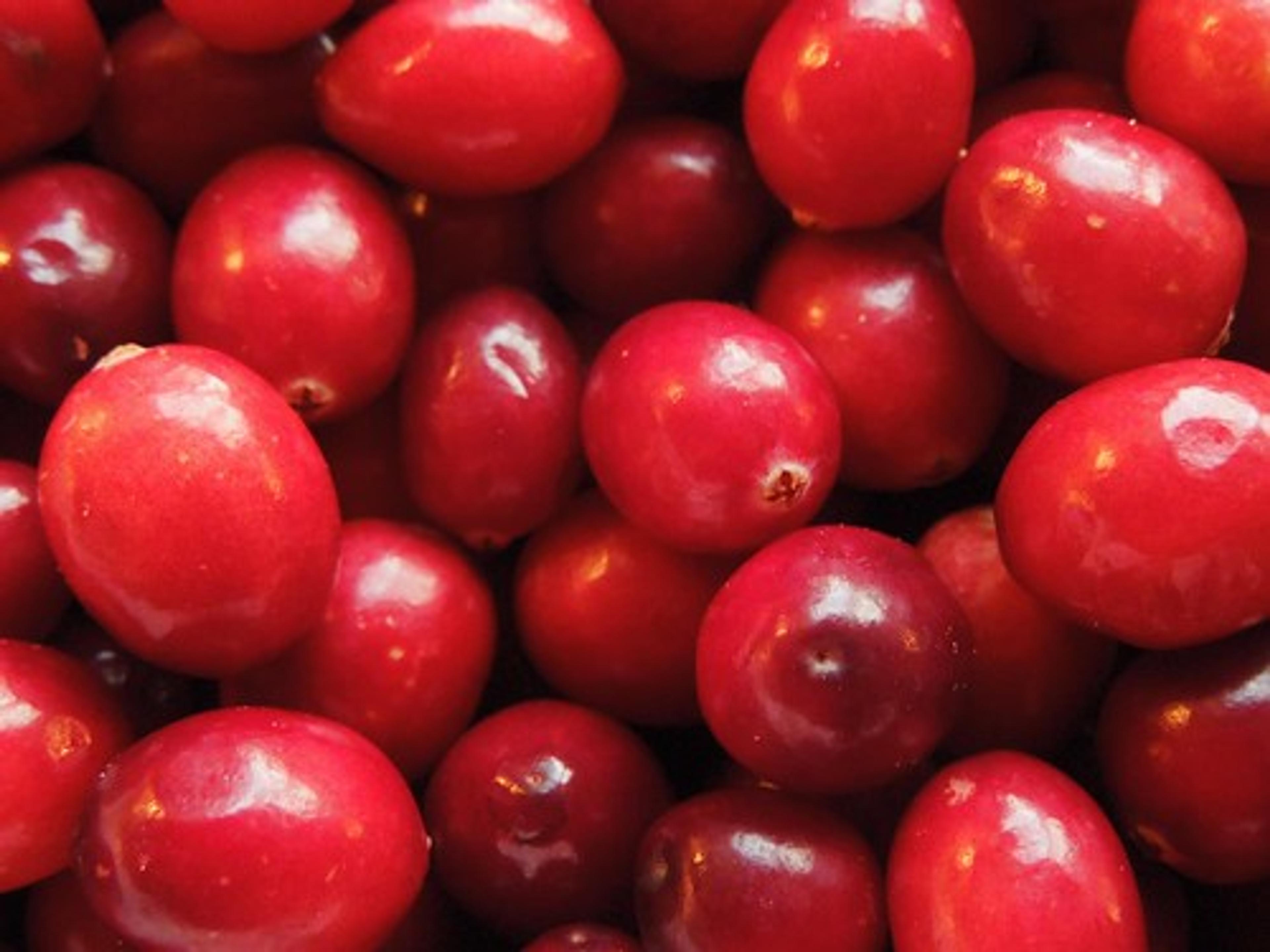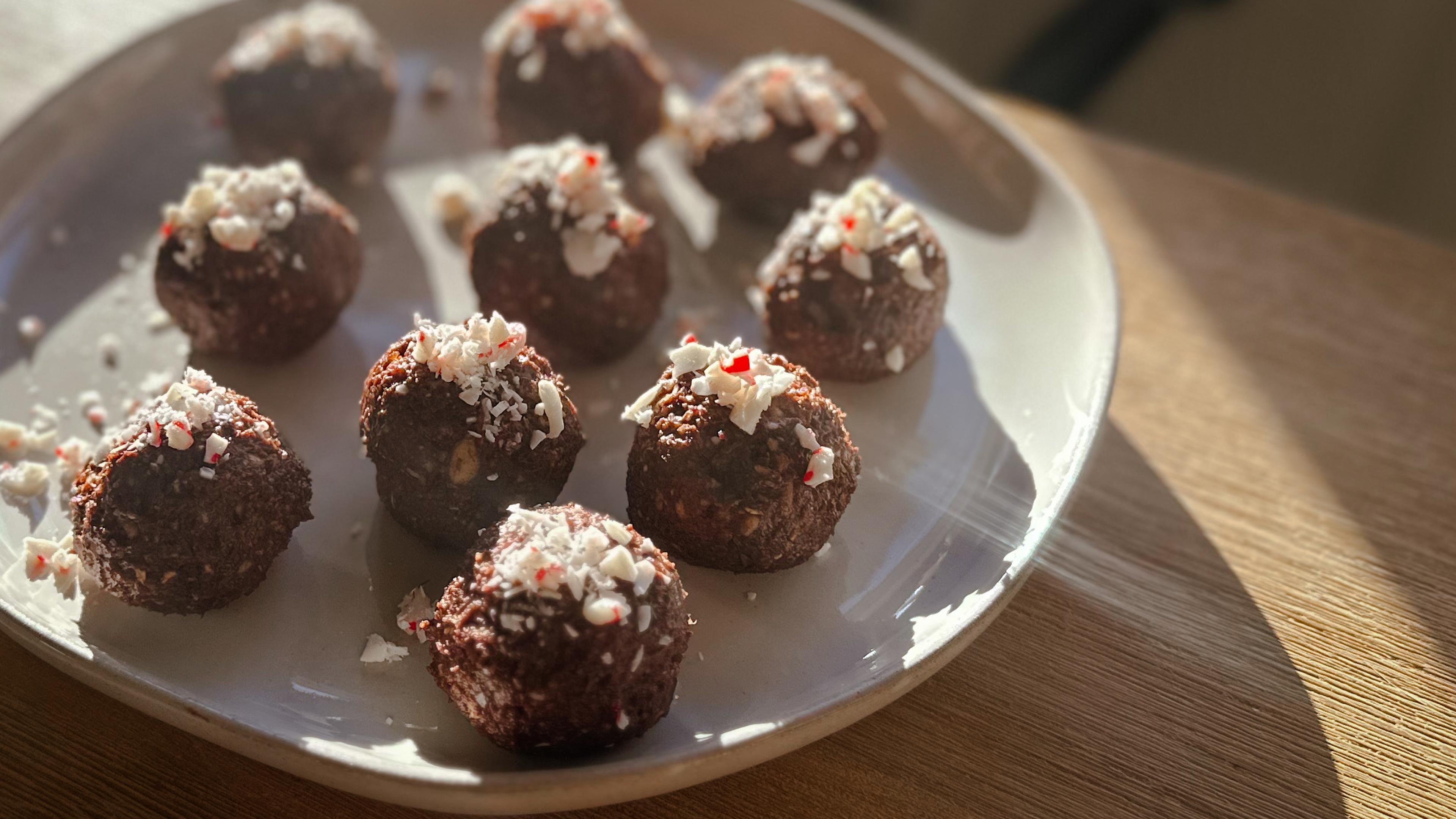This superfood isn’t just for the holidays

Niccole LaDue
| 3 min read

Cranberries are often thought of as a holiday-only fruit. We see them served alongside turkey for Thanksgiving and they’re even used as a decorative accent, but why aren’t cranberries a regular part of our diet? After all, cranberries are considered a superfood and they outrank almost all other fruits and vegetables in the antioxidant department. One serving (½ cup, raw) contains about 10% of the recommended daily amount of vitamin C and fiber, and is only 23 calories. What’s not to love?
Due to their high levels of phytonutrients and antioxidants, cranberries provide a seemingly endless list of health benefits ranging from promoting urinary tract health to preventing vascular disease.
The anti-adhesive properties of cranberries prevent bacteria from sticking and multiplying to the wall of the urinary tract, which helps to prevent urinary tract infections. These same properties may also deter the adhesion of bacteria associated with stomach ulcers, periodontal gum disease and cavities.
Cranberries contain very high levels of antioxidants, which prevent free radicals from damaging cells, and are serious disease fighters. Antioxidants have been shown to reduce the risk of developing atherosclerosis (hardening of the arteries) and age-related burdens such as coordination and memory loss.
If that wasn’t enough, newly emerging research from the American Institute for Cancer Research shows that cranberries have anti-cancer benefits. Antioxidants decrease the free radial damage to the DNA that can lead to cancer, which may inhibit cancer cell growth, and the dietary fiber in cranberries helps to prevent cancers of the digestive tract.
But wait! There’s more!
Evidence supports the cranberry’s role in improving immune system functioning, due to high levels of vitamin C and other compounds. And finally, anti-inflammatory properties provided by the cranberry have been associated with a reduced risk of vascular disease.
Well that’s all great news, but how do I eat them? Adding cranberries into your diet is easier than you may think!
- Add them to your morning cereal or oatmeal.
- Drink 100% cranberry juice (try watering it down if it’s too tart).
- Add fresh or frozen cranberries to muffins or other baked goods.
- Serve them as a side dish or sauce to complement pork, turkey or other lean meats.
- Mix them with green, leafy vegetables in a salad or as side dish.
Given that November is American Diabetes Month I’ve included a healthy, diabetic-friendly cranberry recipe from the American Diabetes Association.
Holiday Brussels Sprouts with Cranberries
Serving size: 7
Serving size: 7
Ingredients
- Cooking spray
- 1 pound fresh brussels sprouts, trimmed and cut in half
- 2 tablespoons olive oil
- 2 tablespoons balsamic vinegar
- 1/3 cup dried cranberries
- ¼ teaspoon ground black pepper
Instructions
- Preheat oven to 400° F. Spray a baking sheet with cooking spray.
- In a medium bowl, add remaining ingredients and mix well.
- Pour Brussels sprouts on baking sheet.
- Bake for 25-30 minutes; toss once during baking.
Click here for the original recipe complete with nutrition facts information. For additional ideas and recipes, check out Cooking with Cranberries.
What’s your favorite way to incorporate the cranberry into your diet?
Photo credit: Sunchild57





